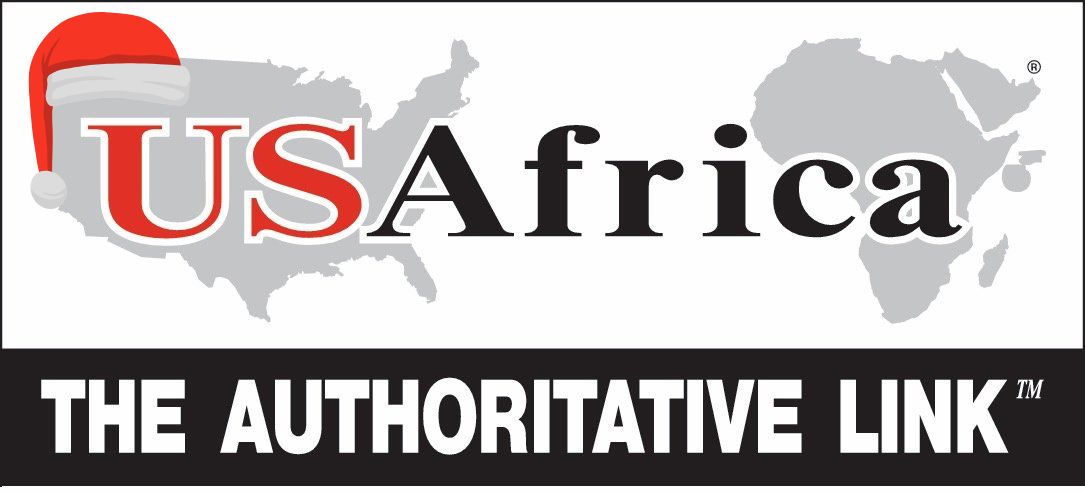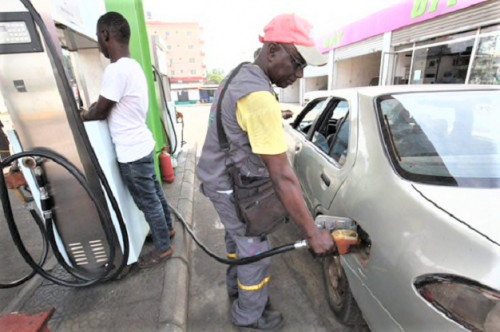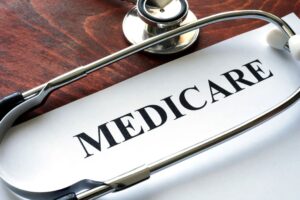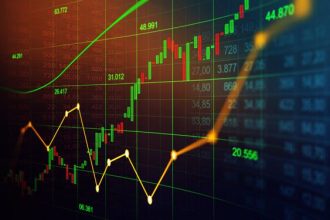In his annual end-of-year address on December 31st, President Paul Biya of Cameroon announced an impending increase in the prices of petroleum products within the national market. Despite a reduction, the President emphasized that the subsidy remained a substantial financial burden on public coffers. Notably, this subsidy cost the state approximately 640 billion CFA francs (equivalent to about 1 billion dollars) in 2023, down from the previous year’s figure of over 1,000 billion CFA francs (approximately 1.7 billion dollars) in 2022.
President Biya underscored the challenges posed by maintaining fuel prices at levels significantly lower than those in neighboring countries, stating, “You must be aware that to maintain pump prices of fuel at their current levels, which are far below those in neighboring countries, the State has to make huge financial sacrifices to subsidize petroleum product imports.”
He further acknowledged the inevitability of further reductions in the subsidy, assuring that measures would be taken to mitigate the impact on the purchasing power of households. President Biya stated, “[…] we will most certainly have no choice but to reduce it further; we will ensure that the requisite adjustments do not significantly impact the purchasing power of households.”
For several years, the International Monetary Fund (IMF) has consistently urged Cameroon to decrease its fuel subsidies, which were estimated to account for 2.9% of GDP in 2022. In November of the preceding year, an agreement between the IMF and the Central African nation was reached to extend an Economic Program until 2025.
President Biya also expressed a commitment to intensify efforts to combat corruption and the misappropriation of public funds, citing their essential role in protecting public resources. At the end of September 2023, the inflation rate in Cameroon reached an annual average of 7.8%. The National Institute of Statistics attributed this increase to the rising costs of food and transportation, with inflation rates of 12.8% and 11.5%, respectively.















